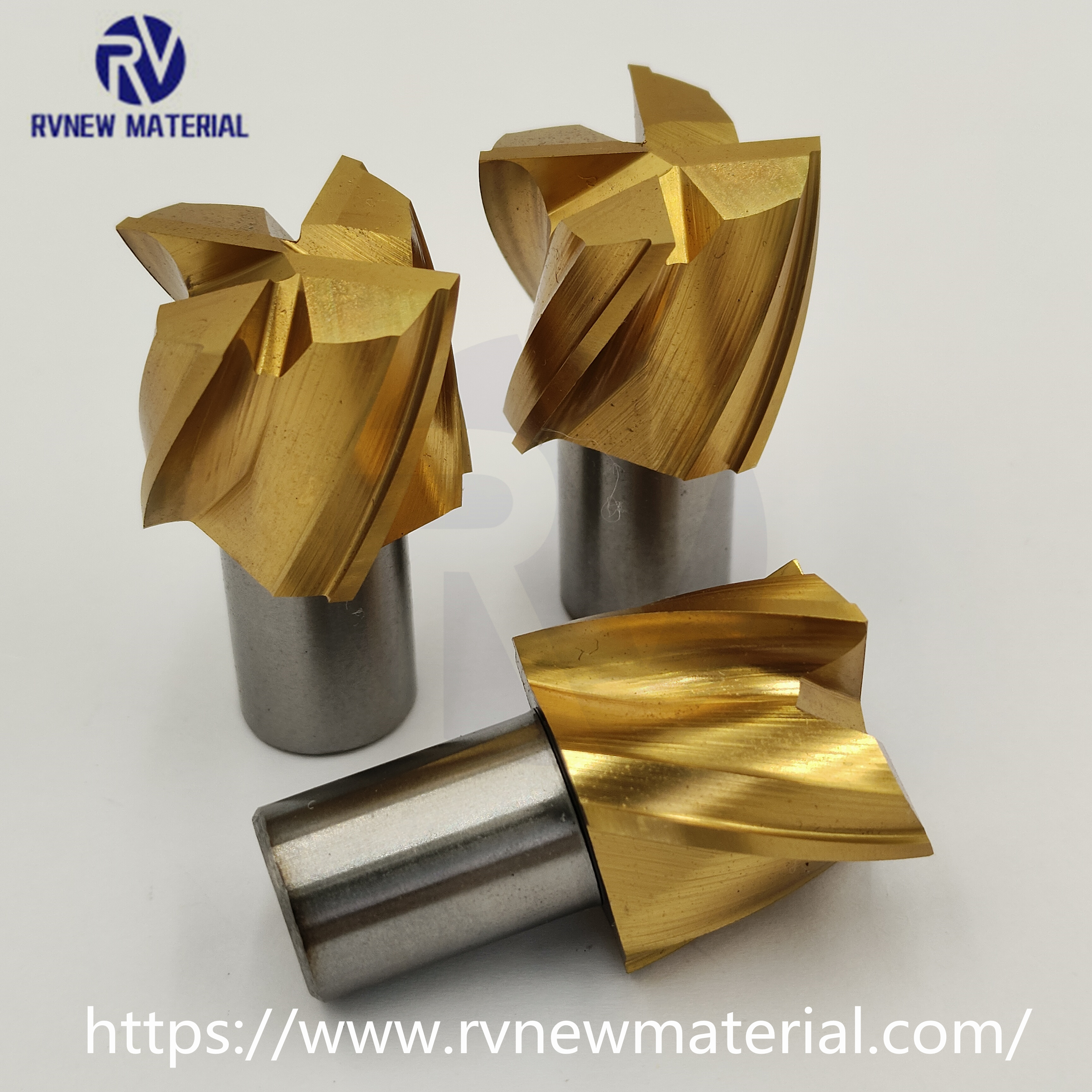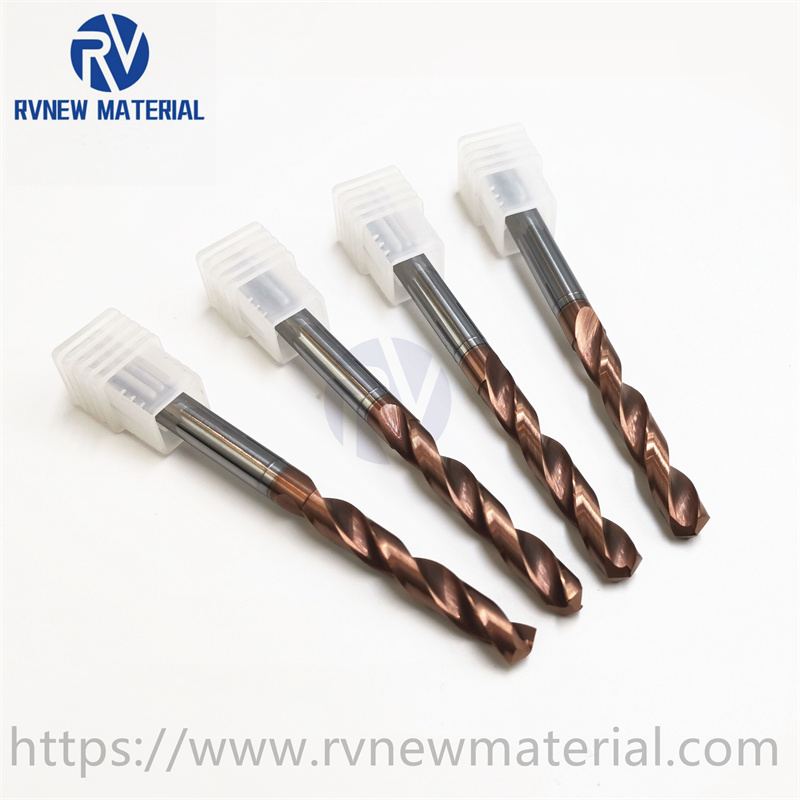Tool materials should have basic properties
The selection of tool materials has a great impact on tool life, processing efficiency, processing quality and processing cost. Tools must withstand high pressure, high temperature, friction, impact and vibration when cutting. Therefore, tool materials should have the following basic properties.
(1) Hardness and wear resistance. The hardness of the tool material must be higher than the hardness of the workpiece material, which is generally required to be above 60HRC. The higher the hardness of the tool material, the better the wear resistance.
(2) Strength and toughness. Tool materials should have high strength and toughness to withstand cutting forces, impact and vibration, and prevent brittle fracture and chipping of the tool.
(3) Heat resistance. The tool material has good heat resistance, can withstand high cutting temperatures, and has good oxidation resistance.
(4) Process performance and economy. Tool materials should have good forging performance, heat treatment performance, welding performance; grinding performance, etc., and should pursue high performance-price ratio.


2. Types, properties, characteristics and applications of tool materials
Types, properties, characteristics and applications of cemented carbide tool materials
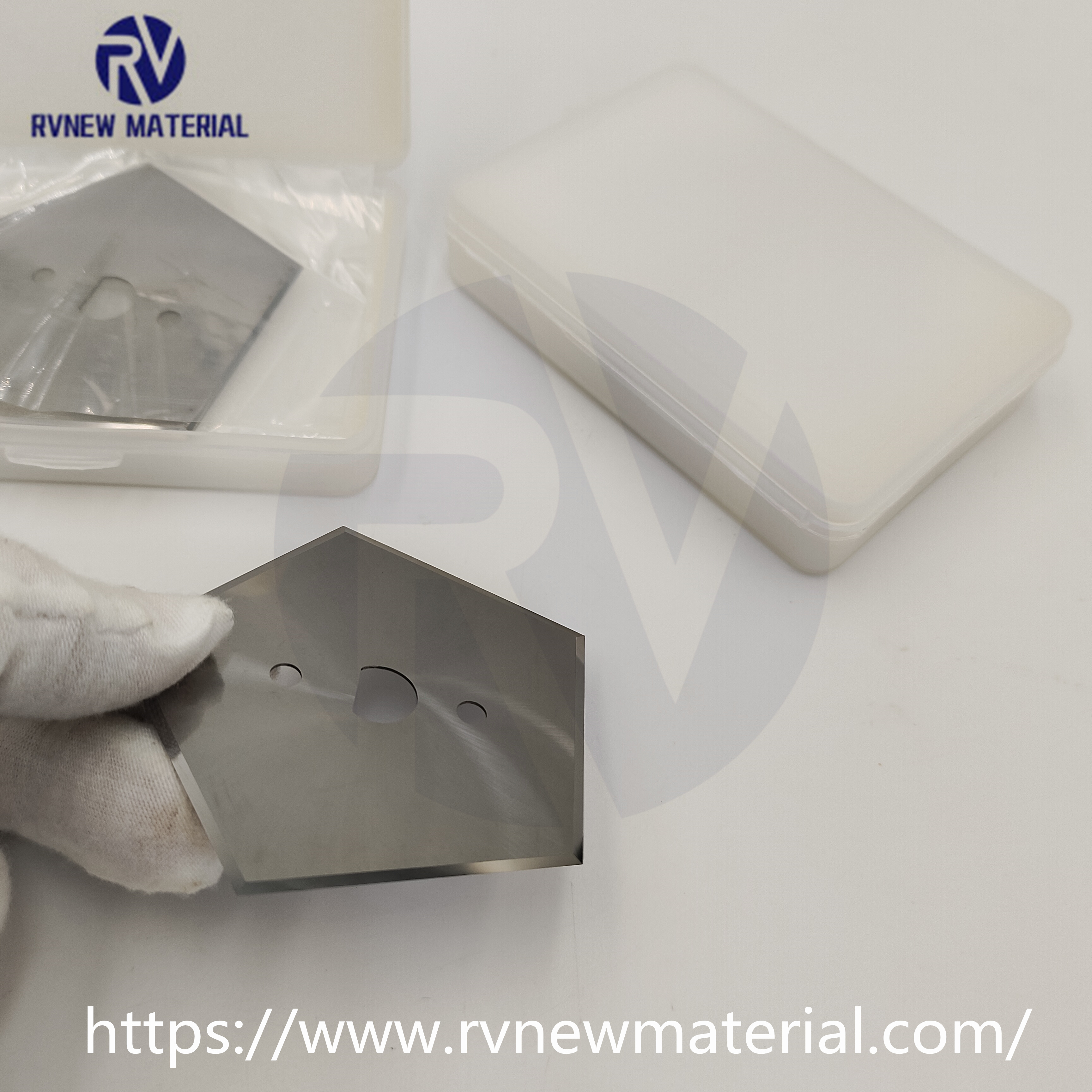
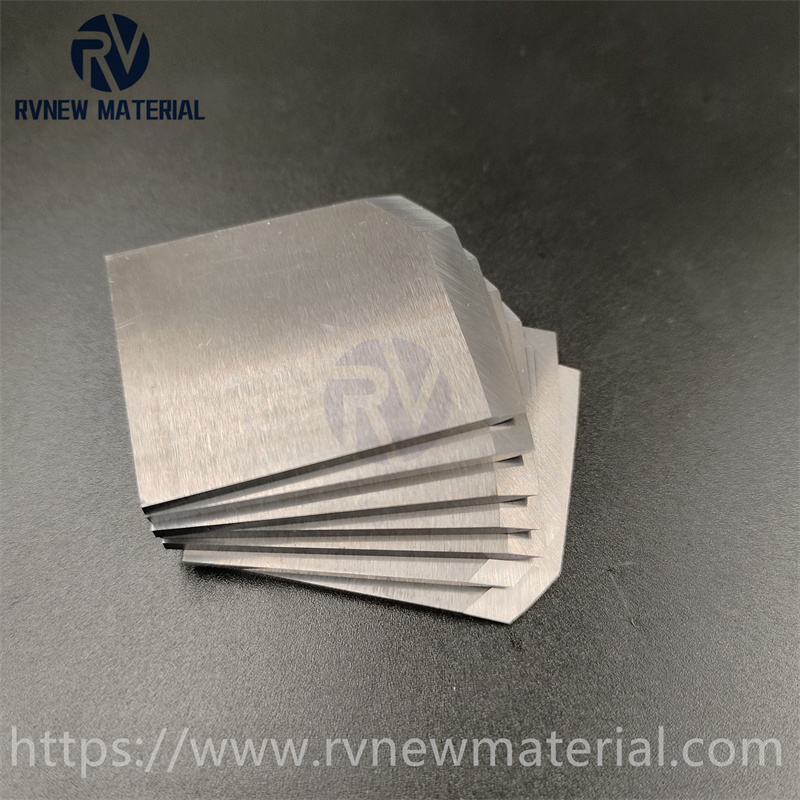
Carbide cutting tools, especially indexable carbide cutting tools, are the leading products of CNC machining tools. Since the 1980s, the varieties of various integral and indexable carbide cutting tools or inserts have been expanded to various types. A variety of cutting tool fields, in which indexable carbide tools have expanded from simple turning tools and face milling cutters to various precision, complex, and forming tool fields.
⑴ Types of carbide cutting tools
According to the main chemical composition, cemented carbide can be divided into tungsten carbide-based cemented carbide and titanium carbon (nitride) (TiC(N))-based cemented carbide.
Tungsten carbide-based cemented carbide includes three types: tungsten cobalt (YG), tungsten cobalt titanium (YT), and rare carbide added (YW). Each has its own advantages and disadvantages. The main components are tungsten carbide (WC) and titanium carbide. (TiC), tantalum carbide (TaC), niobium carbide (NbC), etc. The commonly used metal bonding phase is Co.
Titanium carbon (nitride)-based cemented carbide is a cemented carbide with TiC as the main component (some add other carbides or nitrides). The commonly used metal bonding phases are Mo and Ni.
ISO (International Organization for Standardization) divides cutting carbide into three categories:
Class K, including Kl0 ~ K40, is equivalent to my country's YG class (the main component is WC.Co).
P category, including P01 ~ P50, is equivalent to my country's YT category (the main component is WC.TiC.Co).
Class M, including M10~M40, is equivalent to my country's YW class (main component is WC-TiC-TaC(NbC)-Co).
Each grade represents a series of alloys ranging from high hardness to maximum toughness with a number between 01 and 50.
⑵ Performance characteristics of carbide cutting tools
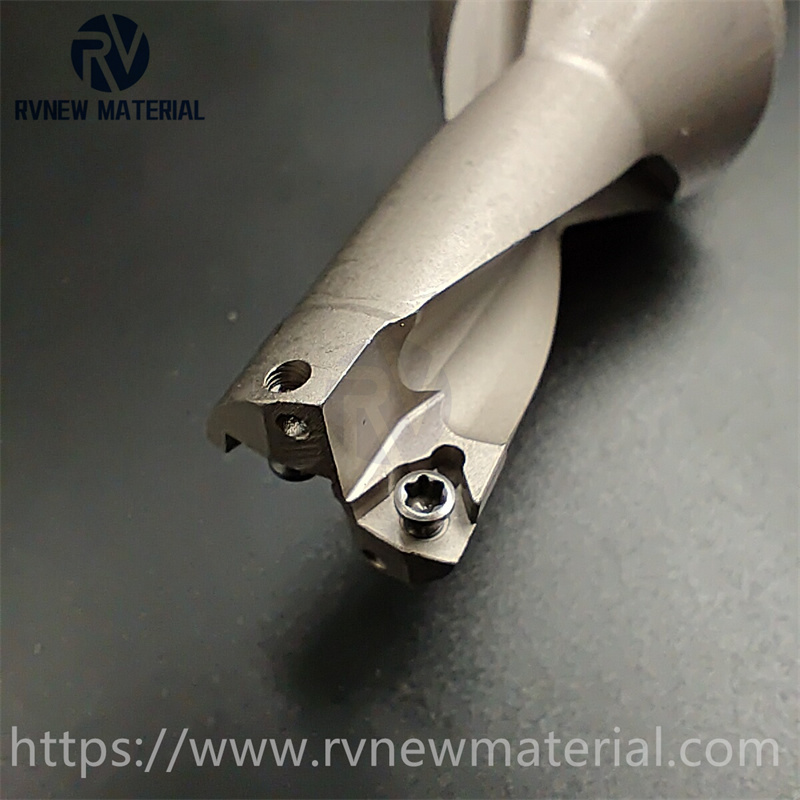
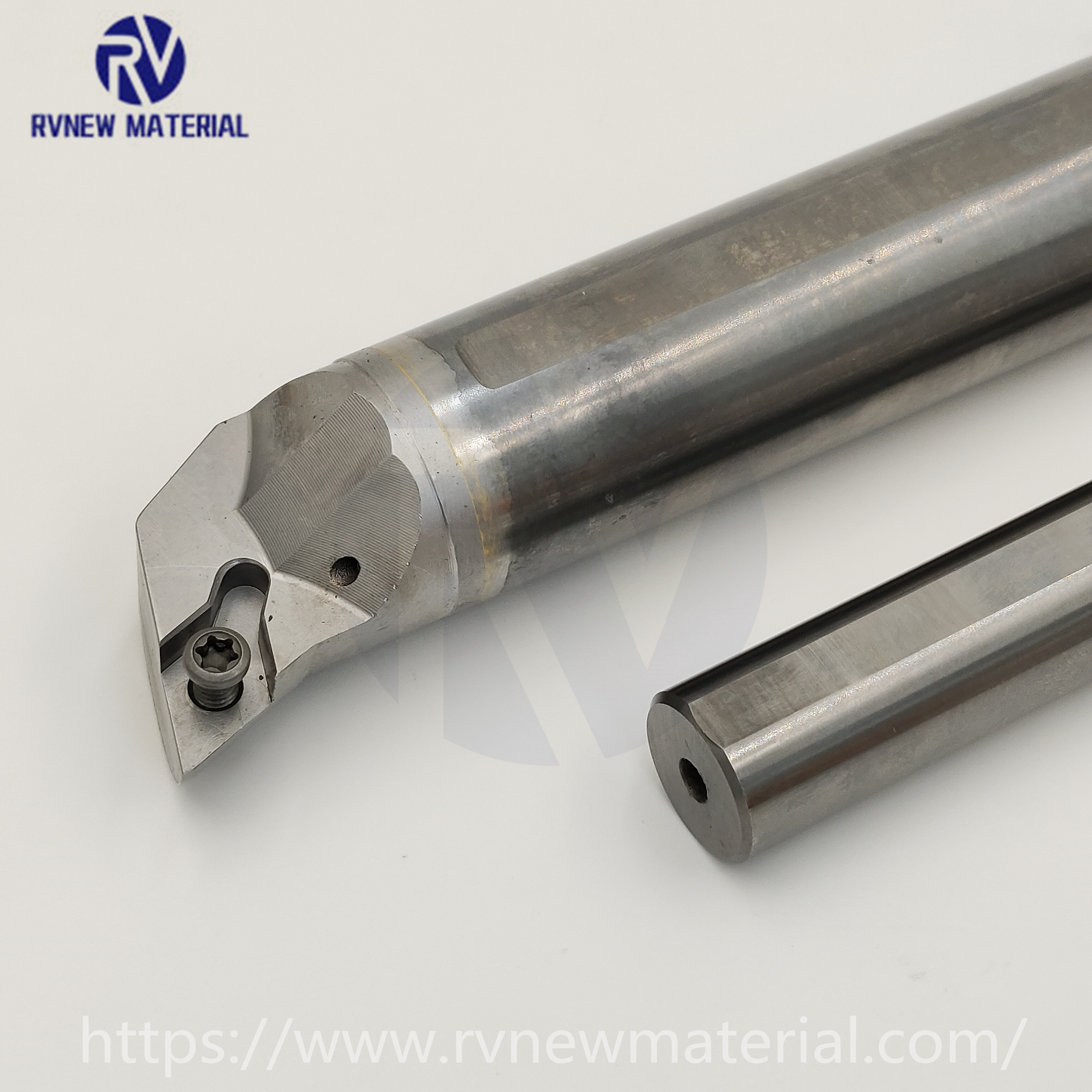
The performance characteristics of carbide cutting tools are as follows.
① High hardness: Carbide cutting tools are made of carbides with high hardness and melting point (called hard phase) and metal binders (called bonding phase) through powder metallurgy, with a hardness of 89 to 93HRA. , much higher than high-speed steel. At 5400C, the hardness can still reach 82~87HRA, which is the same as the hardness of high-speed steel at room temperature (83~86HRA). The hardness value of cemented carbide changes with the nature, quantity, particle size of carbides and the content of the metal bonding phase, and generally decreases with the increase in the content of the bonding metal phase. When the binder phase content is the same, the hardness of YT alloys is higher than that of YG alloys, and alloys added with TaC (NbC) have higher high temperature hardness.
② Bending strength and toughness: The bending strength of commonly used cemented carbide is in the range of 900 to 1500MPa. The higher the metal binder phase content, the higher the flexural strength. When the binder content is the same, the strength of YG type (WC-Co) alloy is higher than that of YT type (WC-TiC-Co) alloy, and as the TiC content increases, the strength decreases. Cemented carbide is a brittle material, and its impact toughness at room temperature is only 1/30 to 1/8 that of high-speed steel.
⑶ Application of commonly used carbide cutting tools
YG alloys are mainly used for processing cast iron, non-ferrous metals and non-metallic materials. Fine-grained cemented carbide (such as YG3X, YG6X) has higher hardness and wear resistance than medium-grained carbide with the same cobalt content. It is suitable for processing some special hard cast iron, austenitic stainless steel, heat-resistant alloy, Titanium alloy, hard bronze and wear-resistant insulating materials, etc.
The outstanding advantages of YT type cemented carbide are high hardness, good heat resistance, higher hardness and compressive strength at high temperatures than YG type, and good oxidation resistance. Therefore, when the knife is required to have higher heat resistance and wear resistance, a grade with a higher TiC content should be selected. YT alloys are suitable for processing plastic materials such as steel, but are not suitable for processing titanium alloys and silicon-aluminum alloys.
YW alloy has the properties of YG and YT alloys, and has good comprehensive properties. It can be used to process steel, cast iron and non-ferrous metals. If the cobalt content of this type of alloy is appropriately increased, the strength can be very high and can be used for rough machining and interrupted cutting of various difficult-to-machine materials.
Types, characteristics and applications of high-speed steel cutting tools
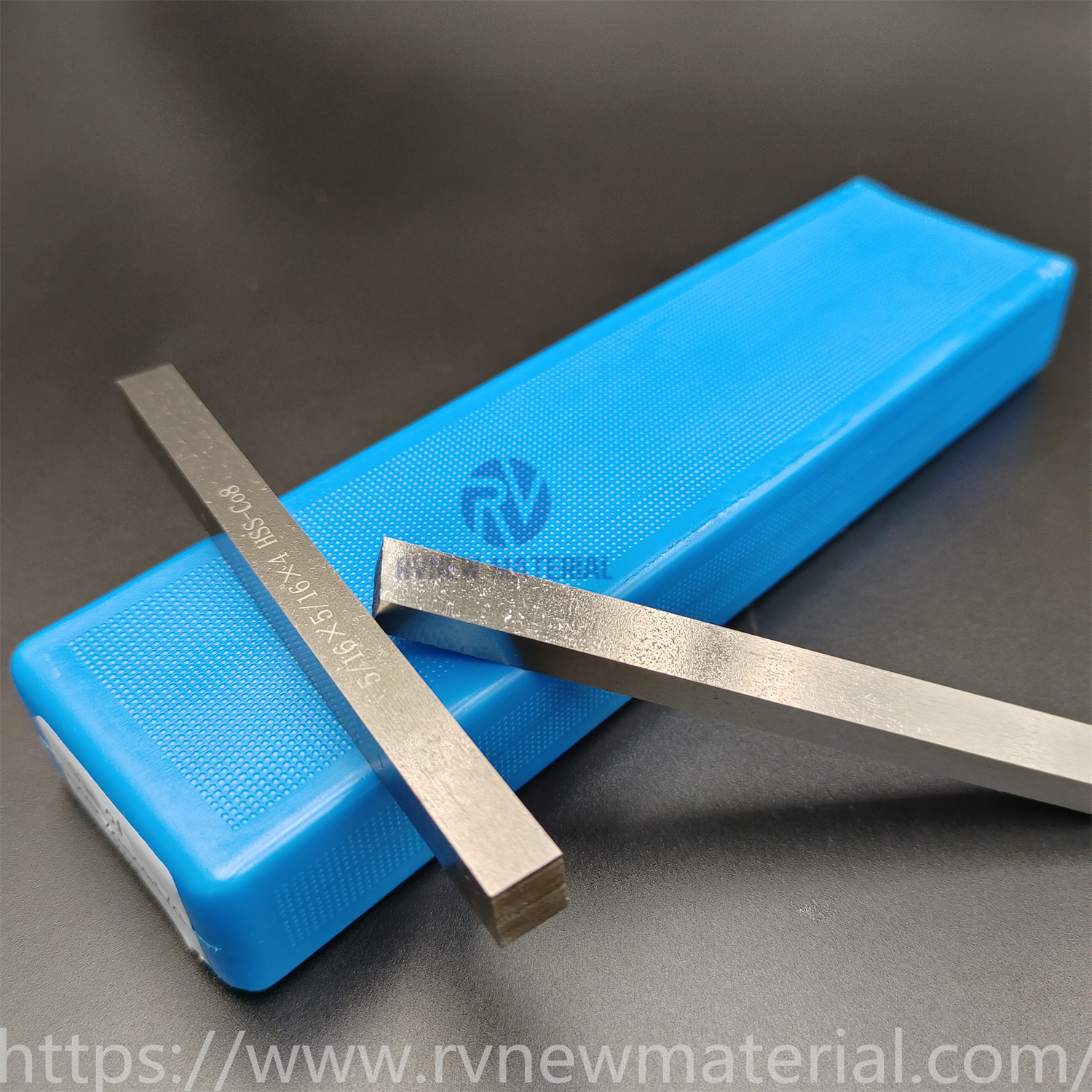
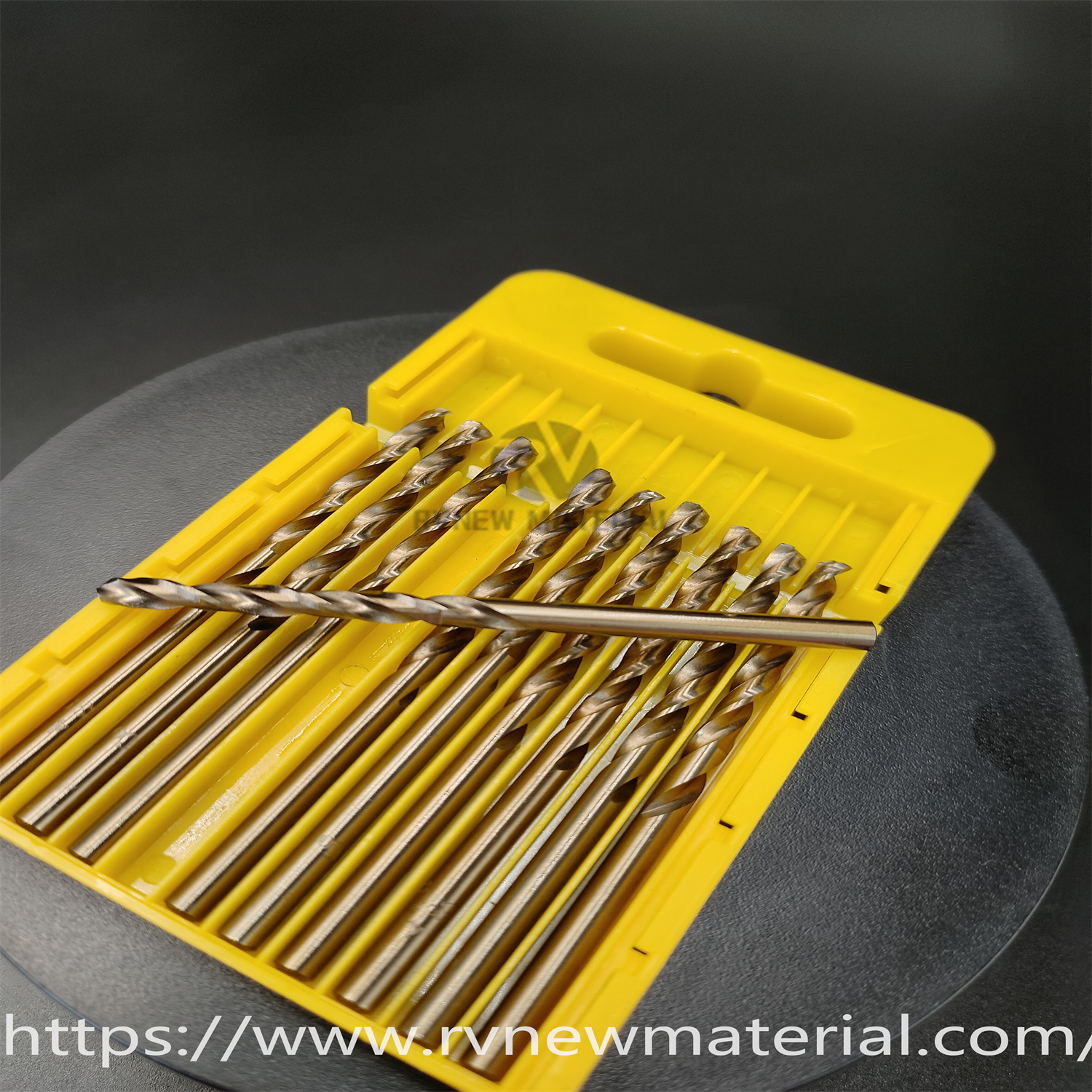
High Speed Steel (HSS) is a high-alloy tool steel that adds more alloying elements such as W, Mo, Cr, and V. High-speed steel cutting tools have excellent comprehensive performance in terms of strength, toughness and processability. In complex cutting tools, especially those with complex blade shapes such as hole processing tools, milling cutters, threading tools, broaching tools, gear cutting tools, etc., high-speed steel is still used. occupy a dominant position. High-speed steel knives are easy to sharpen to produce sharp cutting edges.
According to different uses, high-speed steel can be divided into general-purpose high-speed steel and high-performance high-speed steel.
⑴ General-purpose high-speed steel cutting tools
General purpose high speed steel. Generally, it can be divided into two categories: tungsten steel and tungsten-molybdenum steel. This type of high-speed steel contains 0.7% to 0.9% (C). According to the different tungsten content in the steel, it can be divided into tungsten steel with a W content of 12% or 18%, tungsten-molybdenum steel with a W content of 6% or 8%, and molybdenum steel with a W content of 2% or no W. . General-purpose high-speed steel has a certain hardness (63-66HRC) and wear resistance, high strength and toughness, good plasticity and processing technology, so it is widely used in manufacturing various complex tools.
① Tungsten steel: The typical grade of general-purpose high-speed steel tungsten steel is W18Cr4V, (referred to as W18). It has good overall performance. The high-temperature hardness at 6000C is 48.5HRC, and can be used to manufacture various complex tools. It has the advantages of good grindability and low decarburization sensitivity, but due to its high carbide content, uneven distribution, large particles, and low strength and toughness.
② Tungsten-molybdenum steel: refers to a high-speed steel obtained by replacing part of the tungsten in tungsten steel with molybdenum. The typical grade of tungsten-molybdenum steel is W6Mo5Cr4V2, (referred to as M2). The carbide particles of M2 are fine and uniform, and its strength, toughness and high-temperature plasticity are better than those of W18Cr4V. Another type of tungsten-molybdenum steel is W9Mo3Cr4V (W9 for short). Its thermal stability is slightly higher than M2 steel, its bending strength and toughness are better than W6M05Cr4V2, and it has good processability.

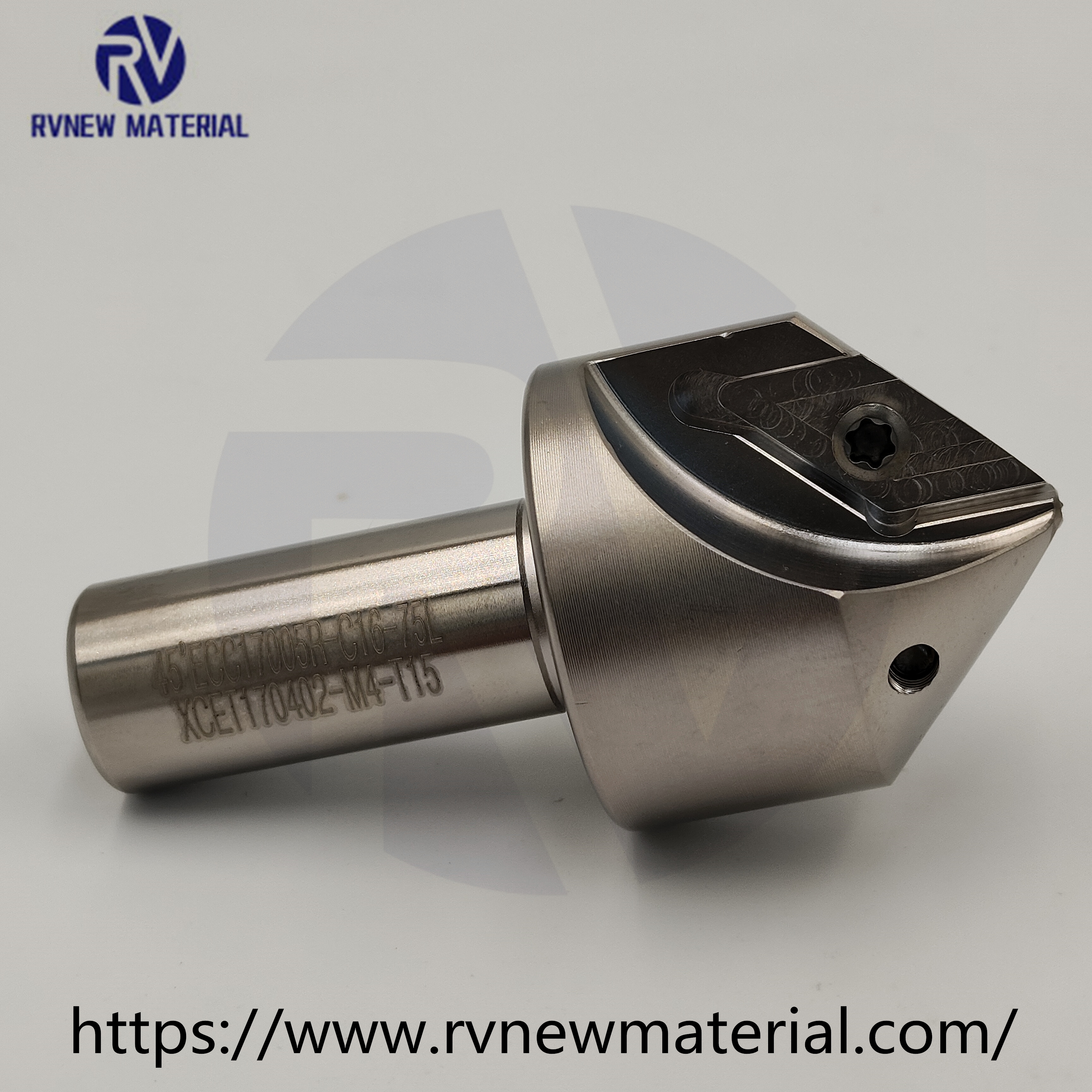
⑵ High-performance high-speed steel cutting tools
High-performance high-speed steel refers to a new steel type that adds some carbon content, vanadium content, and alloying elements such as Co and Al to the composition of general-purpose high-speed steel, thereby improving its heat resistance and wear resistance. There are mainly the following categories:
① High carbon high speed steel. High-carbon high-speed steel (such as 95W18Cr4V) has high hardness at room temperature and high temperature. It is suitable for manufacturing and processing ordinary steel and cast iron, drill bits, reamers, taps and milling cutters with high wear resistance requirements, or tools for processing harder materials. It is not suitable to withstand large impacts.
② High vanadium high speed steel. Typical grades, such as W12Cr4V4Mo, (referred to as EV4), have V content increased to 3% to 5%, have good wear resistance, and are suitable for cutting materials that cause great tool wear, such as fibers, hard rubber, plastics, etc., and can also be used for processing Materials such as stainless steel, high-strength steel and high-temperature alloys.
③ Cobalt high speed steel. It is a cobalt-containing super-hard high-speed steel. Typical grades, such as W2Mo9Cr4VCo8, (referred to as M42), have very high hardness. Its hardness can reach 69-70HRC. It is suitable for processing difficult-to-use high-strength heat-resistant steels, high-temperature alloys, titanium alloys, etc. Processing materials: M42 has good grindability and is suitable for making precision and complex tools, but it is not suitable for working under impact cutting conditions.
④ Aluminum high speed steel. It is an aluminum-containing super-hard high-speed steel. Typical grades are, for example, W6Mo5Cr4V2Al, (referred to as 501). The high-temperature hardness at 6000C also reaches 54HRC. The cutting performance is equivalent to M42. It is suitable for manufacturing milling cutters, drill bits, reamers, gear cutters, and broaches. etc., used for processing materials such as alloy steel, stainless steel, high-strength steel and high-temperature alloys.
⑤ Nitrogen super-hard high-speed steel. Typical grades, such as W12M03Cr4V3N, referred to as (V3N), are nitrogen-containing super-hard high-speed steels. The hardness, strength, and toughness are equivalent to M42. They can be used as a substitute for cobalt-containing high-speed steels and are used for low-speed cutting of difficult-to-machine materials and low-speed, high-precision steels. processing.
⑶ Smelting high-speed steel and powder metallurgy high-speed steel
According to different manufacturing processes, high-speed steel can be divided into smelting high-speed steel and powder metallurgy high-speed steel.
① Smelting high-speed steel: Both ordinary high-speed steel and high-performance high-speed steel are made by smelting methods. They are made into knives through processes such as smelting, ingot casting, and plating and rolling. A serious problem that easily occurs when smelting high-speed steel is carbide segregation. Hard and brittle carbides are unevenly distributed in high-speed steel, and the grains are coarse (up to dozens of microns), which affects the wear resistance and toughness of high-speed steel tools. and adversely affect cutting performance.
② Powder metallurgy high-speed steel (PM HSS): Powder metallurgy high-speed steel (PM HSS) is a liquid steel smelted in a high-frequency induction furnace, atomized with high-pressure argon gas or pure nitrogen, and then quenched to obtain fine and uniform crystals. Structure (high-speed steel powder), and then press the resulting powder into a knife blank under high temperature and high pressure, or first make a steel billet and then forge and roll it into a knife shape. Compared with high-speed steel manufactured by the melting method, PM HSS has the advantages that the carbide grains are fine and uniform, and the strength, toughness, and wear resistance are much improved compared to the melted high-speed steel. In the field of complex CNC tools, PM HSS tools will further develop and occupy an important position. Typical grades, such as F15, FR71, GFl, GF2, GF3, PT1, PVN, etc., can be used to manufacture large-sized, heavy-loaded, high-impact cutting tools, as well as precision cutting tools.
